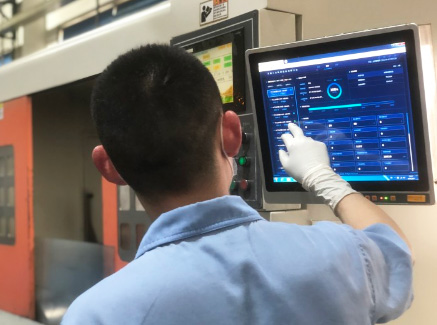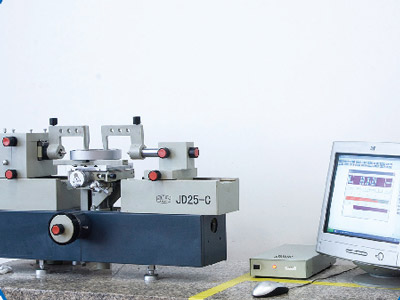Generally speaking, bearing installation is determined by the structure, size, installation part, and shape properties of the bearing. It is also important to lubricate and clean the bearings before installation
1、 Precautions for installation of bearings:
1. The fitting method between the bearing ring and the shaft is mostly transitional fitting, and the fitting between the bearing seat ring and the bearing seat hole is mostly clearance fitting. This fitting method is generally easy to install. The central axis of the bearing should be fixed on the shaft to avoid unnecessary wear caused by the relative rotation of the rings. In terms of the installation method of bearings here, there are more rotating installation methods, which can make the inner ring fit tighter.
2. When the outer ring of a cylindrical roller bearing is loosely matched with the bearing seat, and the inner ring is tightly matched with the shaft, a professional press used during bearing installation can be used to press the bearing onto the shaft first, and then install it together with the shaft and bearing into the bearing seat. When installing under pressure, pay attention to punching the surface of the inner ring of the bearing, and then pad it with a soft metal sleeve made of copper or soft steel. When assembling the sleeve with an inner diameter larger than the shaft neck diameter and an outer diameter smaller than the inner ring flange, avoid pressing it on the cage.
2、 Lubricating oil is an essential protective material for bearings. It can completely flush into the internal space of the bearing, enveloping the cage and rolling elements. It not only has no effect on the operation and work of cylindrical roller bearings, but also greatly extends the service life of the bearing. However, due to frequent use of lubricating oil, a certain amount of oil stains may be generated, and if the oil stains are not removed in time, it will affect the service life of the bearings, so it is necessary to remove the oil stains.
1. When cleaning bearings, the ball bearings, ball frames, and inner rings should be horizontally rotated out of the outer ring and then immersed in hot oil. When cleaning short cylindrical roller bearings, the rollers, ball frames, inner rings, and outer rings should also be separated.
Attention: When cleaning with hot oil, the temperature of the oil should not exceed 20 ℃.
2. Bearings hardened with soft dry oil or rust proof paste should be immersed in thermal oil at 100 ℃~200 ℃, clamped with pliers, and cleaned of oil stains on the bearings with a brush. Soft dry oil or rust proof paste melts when heated to 100 ℃~200 ℃, and is easily washed out from the gaps of the bearing. Sometimes, simply shake the bearing multiple times in the oil. Oil stains can also flow away from the gaps.
By using the above two methods, it is easy to remove oil stains from cylindrical roller bearings, in order to better utilize the lubricating oil, protect the bearings, and extend their service life. In most cases, bearing failure is caused by improper installation and lubrication. So, the installation and lubrication maintenance of bearings are important operations.
 AboutThe business philosophy of "manufacturing with heart and providing sincere service" aims to repay new and old customers with exquisite technology, high-quality products, and perfect services
AboutThe business philosophy of "manufacturing with heart and providing sincere service" aims to repay new and old customers with exquisite technology, high-quality products, and perfect services NewsElaborated development of high performance hub unit bearing, innovative design, excellent process and high-quality material selection help the vehicle drive safely.
NewsElaborated development of high performance hub unit bearing, innovative design, excellent process and high-quality material selection help the vehicle drive safely. ProductThe high-performance wheel hub unit bearings integrate advanced design and high-quality materials, injecting strong power into the safe driving of automobiles.
ProductThe high-performance wheel hub unit bearings integrate advanced design and high-quality materials, injecting strong power into the safe driving of automobiles.




